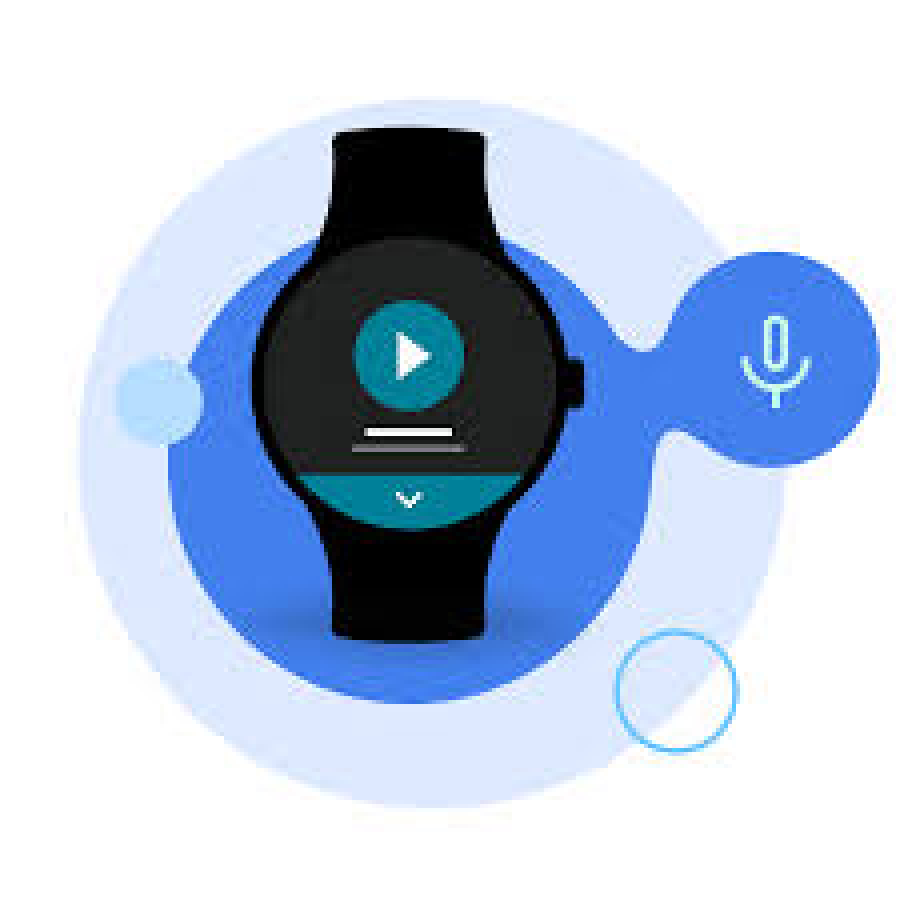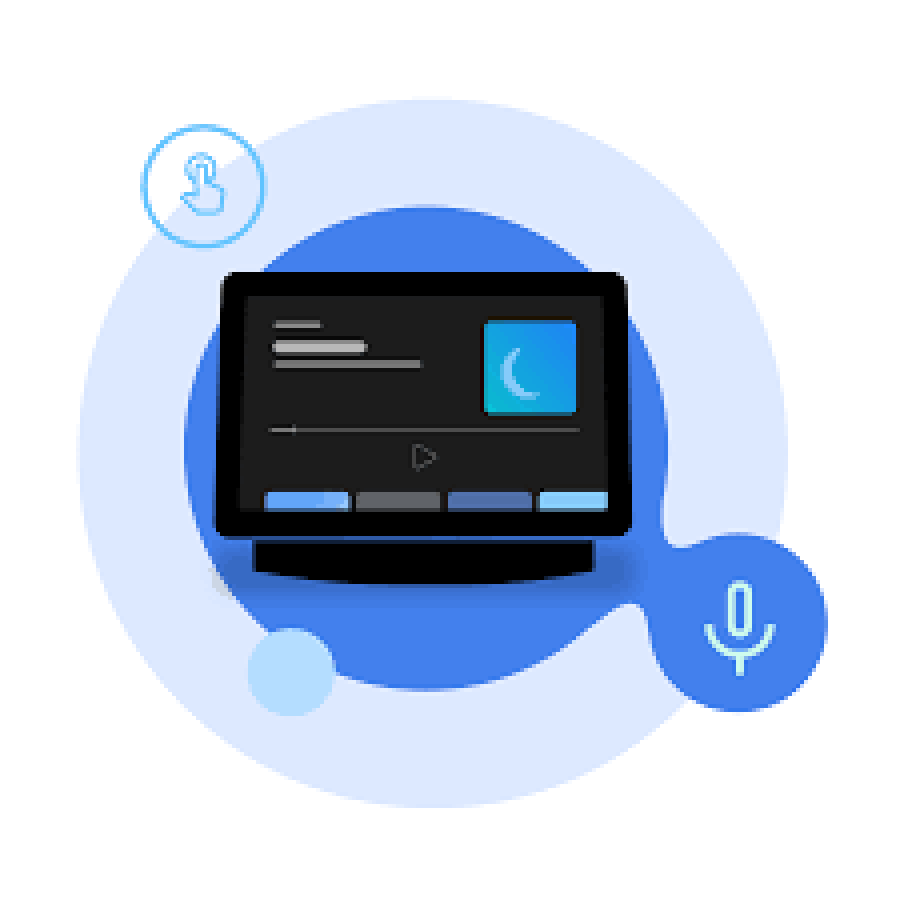The Impact of Website Loading Speed on SEO and User Experience
Website loading speed is one of the most crucial factors influencing both SEO performance and user experience. In today’s competitive digital landscape, a slow-loading website can lead to a loss of visitors, lower rankings in search engine results, and ultimately, a decline in conversions. For FreelancerBridge, optimizing website speed is essential not only to provide a smooth user experience but also to improve SEO rankings. In this article, we will explore how website loading speed affects both SEO and user experience, and the best practices you can implement to enhance your website's performance.
Long Description
What Is Website Loading Speed?
Website loading speed refers to how quickly a web page or website loads and becomes fully interactive for users. The loading speed of a website is typically measured in seconds, and it includes the time taken for the browser to request, download, and render the content of a web page. For FreelancerBridge, ensuring that your website loads quickly is vital for both retaining users and improving search engine rankings.
Why Does Website Loading Speed Matter for SEO?
Website loading speed has a direct impact on your site’s SEO performance. Google and other search engines prioritize websites that offer a positive user experience, and page speed is a significant factor in their ranking algorithms. Google’s Core Web Vitals, which measure a website’s loading performance, are becoming increasingly important in determining a site’s rank.
If your website is slow to load, Google is more likely to rank it lower, leading to reduced visibility in search results. This means that optimizing website speed is crucial for improving organic traffic, increasing visibility, and boosting your rankings. A fast-loading website ensures that you rank higher on Google’s search results, which ultimately helps you drive more targeted traffic to your site.
Why Does Website Loading Speed Matter for User Experience?
User experience is a crucial factor in ensuring that visitors stay on your website, engage with your content, and ultimately convert into customers. If your website takes too long to load, users are likely to leave before they even see your content. A study by Google found that 53% of mobile users abandon a site if it takes longer than three seconds to load.
A fast-loading website creates a seamless experience, helping to retain visitors, improve engagement, and increase the likelihood of conversions. Users expect websites to load quickly, and slow speeds can create frustration, leading to higher bounce rates and lower overall satisfaction.
How Slow Website Loading Affects SEO and User Experience
Higher Bounce Rates: If your website takes too long to load, users will abandon the site before engaging with your content. This leads to a higher bounce rate, which negatively impacts your SEO ranking.
Lower Conversion Rates: Slow-loading websites tend to have lower conversion rates because users are less likely to engage with a site that frustrates them. For FreelancerBridge, this means fewer potential clients or customers interacting with your services.
Negative Impact on User Trust: A slow website can negatively impact users' trust and perception of your brand. Users associate slow websites with poor performance and outdated technology, which may lead them to seek alternatives.
Lower Search Engine Rankings: Google’s algorithms consider page speed as a ranking factor, especially for mobile searches. Slow websites are penalized in rankings, which leads to decreased visibility and organic traffic.
The Key Metrics for Measuring Website Speed
To fully understand how your website performs in terms of speed, you need to consider the following metrics:
Page Load Time: This refers to the total time it takes for a webpage to load completely. Faster page load times contribute to better user experience and higher SEO rankings.
Time to First Byte (TTFB): This is the amount of time it takes for the browser to receive the first byte of data from the server. A low TTFB indicates better server performance and a quicker loading time.
Largest Contentful Paint (LCP): A Core Web Vital metric that measures the time it takes for the largest element (like an image or text block) to load on the page. A faster LCP improves both SEO and user experience.
Cumulative Layout Shift (CLS): Another Core Web Vital metric that measures how stable your page content is during the loading process. If content shifts or moves as the page loads, it creates a poor experience for users.
Best Practices for Improving Website Speed
To ensure that FreelancerBridge provides an excellent user experience while optimizing for SEO, here are some practical tips to enhance your website’s loading speed:
Optimize Images: Large image files can significantly slow down your website. Ensure that images are compressed and optimized for web use. Tools like ImageOptim and TinyPNG can help reduce file sizes without compromising quality.
Minimize HTTP Requests: Every time a user loads a webpage, an HTTP request is made for each element (like images, scripts, and stylesheets). Reducing the number of requests can speed up your page loading time.
Leverage Browser Caching: Enable browser caching to allow users to store some resources locally. This reduces the time it takes for pages to load when they return to your website.
Use a Content Delivery Network (CDN): A CDN helps deliver content to users from the nearest server location, reducing latency and improving load times.
Minify CSS, JavaScript, and HTML: Reducing the size of these files by removing unnecessary characters can speed up page loading.
Upgrade Your Hosting: If your hosting provider isn’t optimized for speed, it may be time to consider upgrading to a faster server or a dedicated hosting solution.
Implement Lazy Loading: Lazy loading ensures that images and videos are only loaded when they are about to be viewed, rather than all at once when the page loads.
Optimize Your Code: Clean, efficient code can help your site load faster. Avoid unnecessary scripts and plugins, and make sure your website is well-optimized.
Conclusion
The impact of website loading speed on both SEO and user experience is undeniable. Slow websites hurt your search engine rankings, lead to higher bounce rates, and cause users to abandon your site in favor of faster alternatives. By implementing best practices to improve website speed, FreelancerBridge can provide a better user experience, boost SEO rankings, and ultimately improve conversions and user engagement.
Prioritizing website speed optimization not only benefits your SEO efforts but also ensures that your users remain happy, satisfied, and engaged. By following the tips and best practices outlined in this article, you can create a faster, more efficient website that supports your long-term digital success.


 by Emily
by Emily




